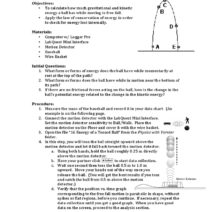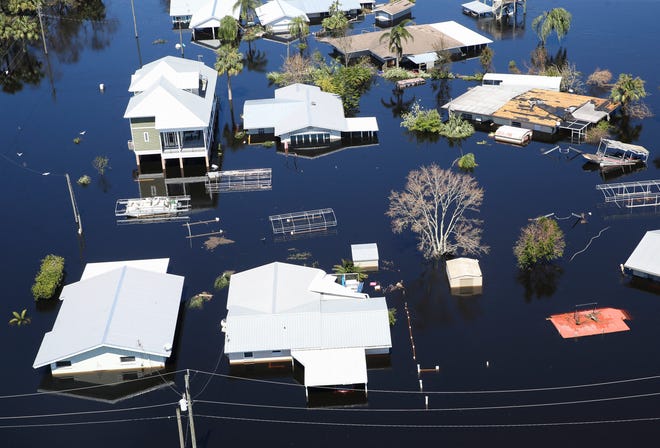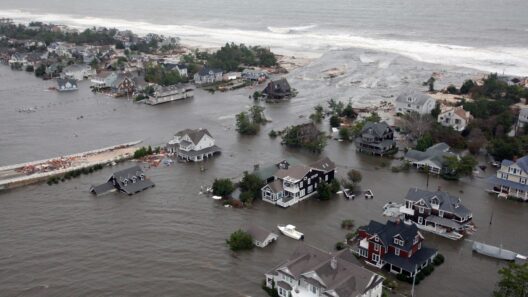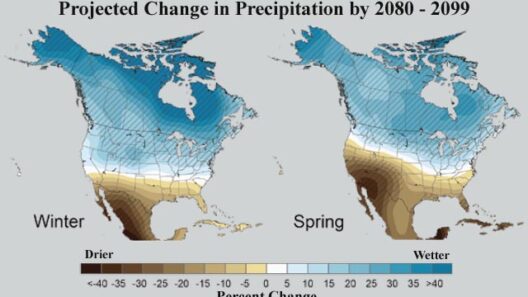With the increasing frequency and intensity of hurricanes in recent years, one can’t help but wonder: Are hurricanes changing because of global warming? This question is not just a figment of curiosity; it delves into the profound relationship between climatological shifts and extreme weather phenomena. The consensus among climate scientists indicates that global warming does indeed influence hurricane characteristics, raising critical implications for coastal communities and ecosystems. Let’s explore this phenomenon more deeply.
To contextualize the effects of global warming on hurricanes, it is essential to establish a basic understanding of what hurricanes are. These powerful storms form over warm ocean waters, characterized by low-pressure systems, strong winds, and heavy rainfall. They arise from a complex interplay of atmospheric and oceanic conditions, which are increasingly being altered by anthropogenic climate change. Elevated sea surface temperatures (SSTs) serve as the fuel for hurricane formation, and recent studies note alarming trends in rising SSTs around the globe.
The Intergovernmental Panel on Climate Change (IPCC) reports that global temperatures have increased by approximately 1.2 degrees Celsius since the late 19th century. This shift may seem modest, yet the ramifications are monumental. Warmed oceans provide the necessary energy for hurricanes to grow in strength and duration. For instance, as SSTs reach higher levels, not only do hurricanes form more readily, but they also have the potential to yield more destructive winds. A hurricane classified as a Category 4 or 5 can unleash catastrophic damage on populated areas, thereby altering lives forever.
Moreover, climate change is not merely increasing hurricane occurrences; it is also modifying their behavior. Research indicates that storms are moving more slowly, allowing them to linger over affected areas, which magnifies rainfall and subsequent flooding. This phenomenon is particularly concerning, as cities not equipped to handle excessive precipitation face extreme challenges in maintaining infrastructure and public safety. Cities such as Houston, which have experienced unprecedented flooding following hurricanes, stand as cautionary tales of the potential devastations wrought by entwined climate change and hurricane intensity.
One might posit: Even if hurricanes are becoming stronger and wetter, are we merely experiencing cyclical weather patterns? While natural variability plays a significant role, multiple studies using historical weather data and advanced modeling predict a troubling trend. They suggest that the intensity of hurricanes is likely to increase by 2-11% per degree of warming, underscoring the probabilistic nature of climate impacts over time. Furthermore, hurricanes are becoming more frequent in certain regions, particularly in the North Atlantic, leading to heightened risks for coastal communities.
Another variable linked to climate change is sea level rise, resulting from melting ice caps and thermal expansion of the oceans. As sea levels ascend, storm surges from hurricanes can inflict far greater damage along coastlines, inundating areas that were once safe. Coastal cities are grappling with this dual threat of stronger storms and rising seas, causing planners and policymakers to reconsider zonal regulations and disaster preparedness protocols.
What about the atmospheric conditions associated with hurricanes? Global warming has been observed to influence wind patterns and humidity levels, both of which are critical components for hurricane development. As the atmosphere warms, it can hold more moisture, leading to increased precipitation events tied to tropical cyclones. Excess rainfall can overwhelm drainage systems, heightening the risk of urban flooding and impacting agriculture in nearby regions reliant on stable weather patterns.
Importantly, the ecological impacts of intensified hurricanes are profound and often neglected. Hurricanes can devastate marine and coastal ecosystems, leading to habitat destruction and long-term shifts in biodiversity. Coral reefs, already stressed by warming waters and acidification, face additional threats from the churning waters of a hurricane. Fish populations can decline due to habitat loss and altered breeding patterns, which may take years, if not decades, to recover.
Despite these alarming trends, climate change advocates stress that understanding the intricate dynamics between global warming and hurricane behavior can empower communities to adopt proactive mitigation strategies. Enhanced forecasting methods and improved building codes are fundamental in fortifying coastal infrastructure against hurricane impacts. Further, investing in sustainable practices and renewable energy can decrease greenhouse gas emissions, ultimately slowing the pace of climate change.
Communities are also encouraged to enhance their resilience to extreme weather events by developing emergency plans and enhancing public awareness. Community engagement, education, and local initiatives can play crucial roles in preparing for future hurricanes—which, according to the evidence, is an increasingly likely scenario.
The interplay between hurricanes and global warming poses significant challenges; nonetheless, the current crisis can function as a catalyst for substantial policy and behavioral changes. While the quest for solutions might feel daunting, recognizing the transformative power of collective action is essential. Addressing climate change and preparing for its implications is no longer a choice; it is a necessity for the future coexistence of humans and nature.
Thus, as we ponder the whimsical question posed at the beginning, it becomes evident that hurricanes are indeed changing due to global warming. Acknowledging this truth not only opens the door for informed dialogue but also motivates us toward concerted action in confronting one of the most pressing challenges of our time.








